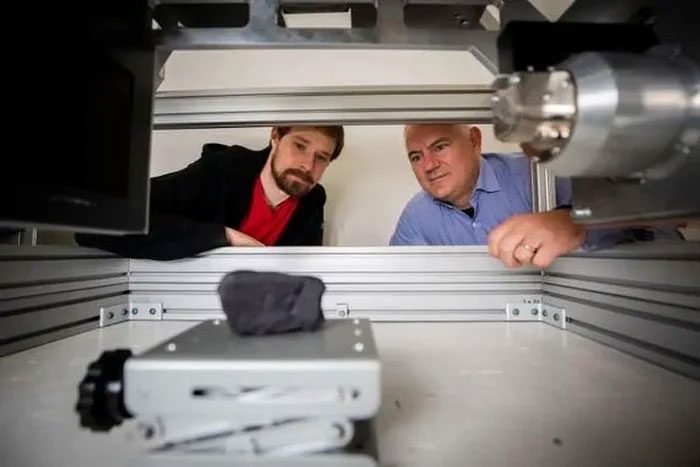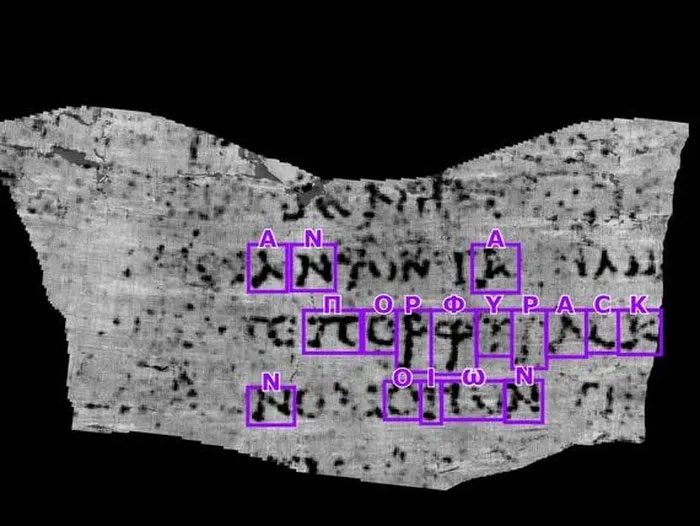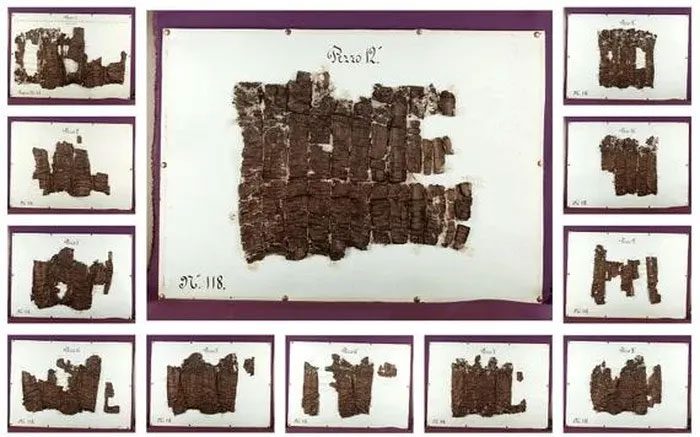AI is changing human life in many aspects, even helping a young man win a $40,000 prize for deciphering text from a 2,000-year-old scroll.
Luke Farritor (21 years old), a student at the University of Nebraska, has just won a $40,000 prize for a groundbreaking discovery in science.
Farritor is the first person to read text from ancient scrolls as part of the Vesuvius Challenge (a competition offering a $1 million prize to anyone who can unlock the secrets of ancient scrolls using modern technology).
Why are ancient scrolls unreadable in a conventional way?
When Mount Vesuvius erupted in 79 AD, Pompeii was not the only town to be obliterated. The landslide and intense heat reached the prosperous city of Herculaneum, now located in Italy.
The extreme heat instantly turned hundreds of scrolls into carbonized blocks, which were later buried in mud for 1,700 years until they were excavated in 1752.
Any attempts to open the ancient scrolls, now resembling charred wood, would damage them beyond repair.
Speaking to Nature, Federica Nicolardi, a member of the academic committee that reviewed Farritor’s discovery, stated that these are crazy artifacts, all of which are crumpled.

Seth Parker and Brent Seales from the Digital Restoration Initiative project. (Photo: UK Photo How did AI read the contents of the ancient scroll?)
Unable to open the scrolls in a conventional manner, researchers used X-rays and machine learning to read each word from the scrolls.
As part of the Vesuvius Challenge, the University of Kentucky recruited scientists to use AI to analyze the words in the scroll.
To win the prize, Farritor needed to identify at least 10 readable letters from the scroll. Working on an area smaller than one square inch, Farritor’s algorithm identified several letters, including a complete word.

Image of text from the ancient scroll with ancient Greek letters highlighted in purple. (Photo: University of Kentucky)
Farritor is the first to read a word from the scroll and was awarded $40,000 from the Vesuvius Challenge. “I saw these letters, and I was completely overwhelmed,” he said at a press conference.
Luke Farritor utilized machine learning technology to make the X-ray images of the scrolls clear enough to be readable.
According to Nicolardi, a professor at the University of Naples Federico II, the ancient Greek word “πορφυρας” translates to “purple dye” or “purple cloth.”
While there isn’t enough context to understand what the scroll says, she believes scholars will soon be able to read more material. “I think this will be a great revolution” in the field of papyrus studies.
She noted that these are previously unknown texts, making the effort to clarify them very appealing to scholars.
The Future of Unread Scrolls

12 brown fragments of the opened ancient scroll known as P.Herc.118. (Photo: University of Oxford).
With many unread scrolls still remaining, there is a significant prize of $700,000 up for grabs. To win, a team must read four passages from two scanned scrolls.




















































